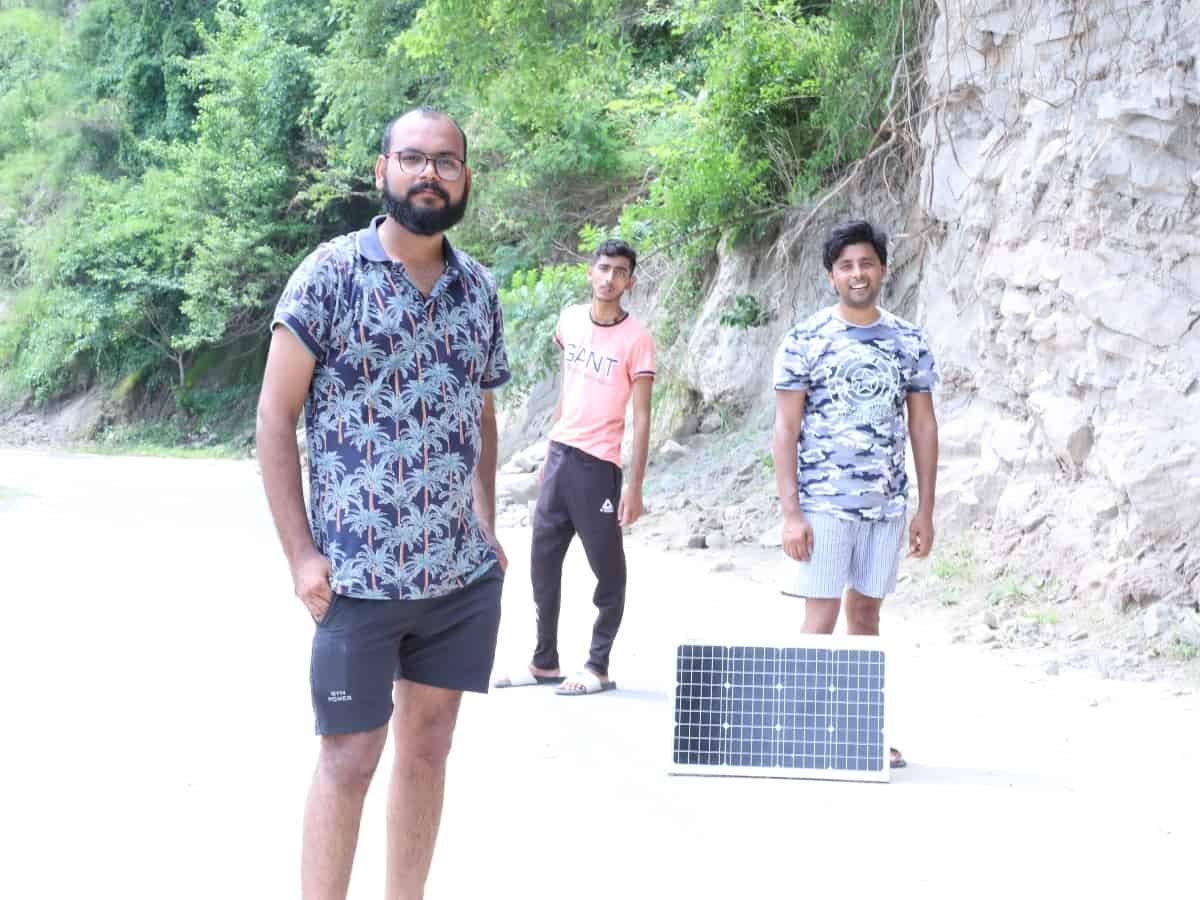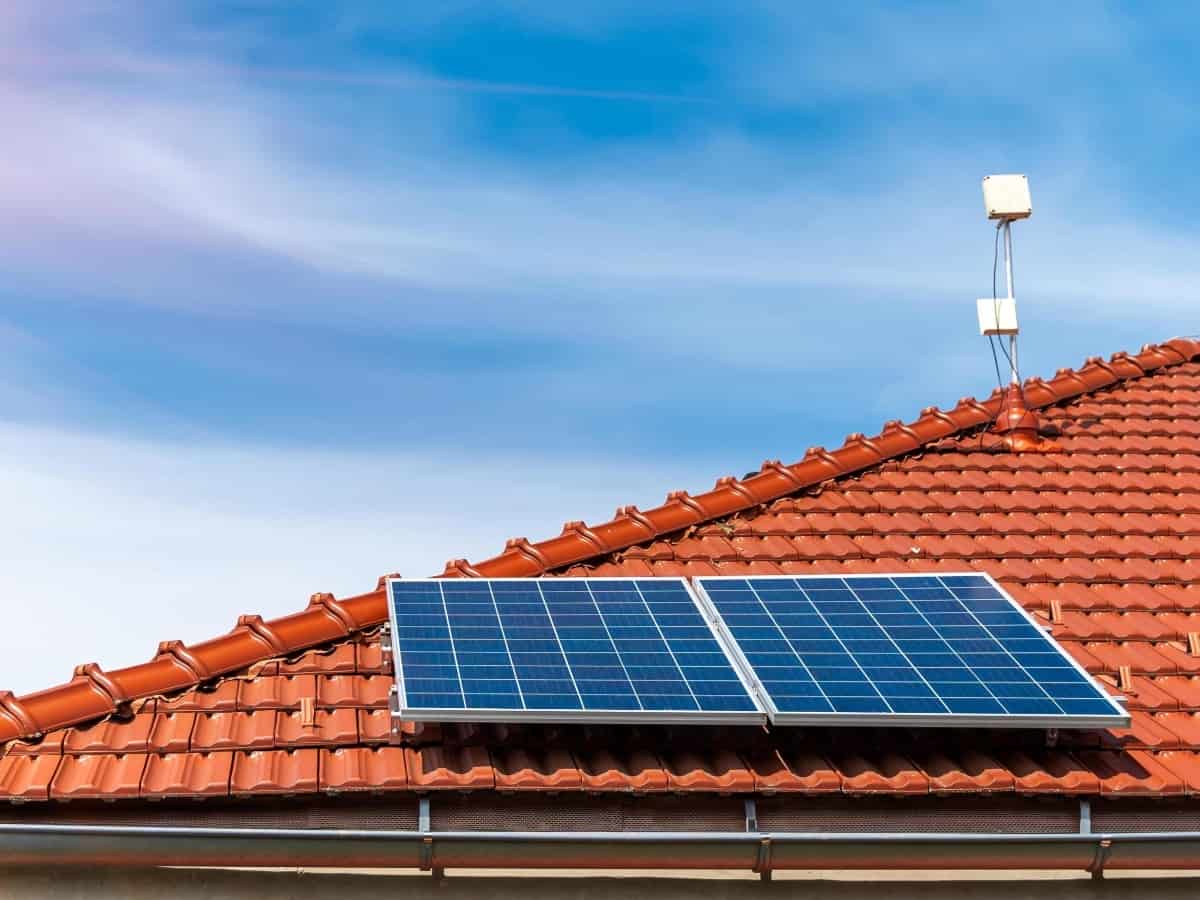The idea of storing energy from the sun, either in an off-grid or grid-tied solar power system, is an empowering one. As more people become conscious of the Earth’s resources, they are turning to renewable energy sources. Off grid solar power systems can help you avoid relying on the electricity grid. Having your energy source at your disposal can help you live a sustainable lifestyle. The global market for off-grid solar is projected to reach 3.101 million U.S. dollars by 2026.
If you want to become energy independent, this article will introduce you to all the important aspects of off-grid solar power systems. It can help you decide if this is something that would work for you and your family.
What Is Solar Energy?
Solar energy is renewable energy from the sun, and you can use it to generate electricity or heat. Solar technologies, such as photovoltaics, convert this energy into electrical or thermal energy. You can also use solar heating & cooling and concentrating solar power.
Solar energy is a clean and emission-free source of energy, making it an excellent option for powering a sustainable future.
What Is an Off-Grid Solar System?
An off-grid solar system is a solar power system that doesn’t rely on the grid for power. Instead, it depends on solar panels, wind turbines, or micro-hydro systems to produce its power from solar energy. An off-grid solar power system is also called a “standalone solar power system” since it doesn’t require a connection to the grid.
Off-grid systems rely on batteries or other storage systems to store clean, green energy that solar panels generate. Since this system does not depend on grid electricity, it becomes perfect for those who want to go entirely off the grid. Also, it’s an excellent choice for those in remote locations where there is no grid access or where the grid is unreliable.
How Do Solar Energy and an Off-Grid Solar System Work Together for Power?
When solar panels capture the sunlight, that energy is relayed to a charge controller. It’s then stored in a battery to be used later. Then the inverter helps convert DC to AC, which can power your appliances.

What Are the Benefits of Off-Grid Solar power Systems?
There are many benefits associated with using an off-grid solar system, but here are the most common ones:
Independence from the Grid
As you know, some areas have unreliable power, and others have high prices. If you depend on the grid for your energy, you risk being cut off at any time because of unavoidable circumstances.
Reductions in Energy Costs
Off grid solar power systems allow you to generate your power, reducing costs and making saving money easier. It also helps reduce costs related to buying fuel for a backup generator in case there’s a power outage. However, the initial cost of installing an off-grid solar system is more expensive than an on-grid system.
Increased Energy Security
An off-grid solar system will always provide power in your home throughout. You can also avoid being in the dark during bad weather with good battery storage. Also, you won’t have to worry about interruptions since there will not be as many repairs underway or rationing as in on-grid systems.
Environmental Sustainability
Off grid solar power systems can help you reduce your environmental impact by reducing your carbon footprint and dependence on fossil fuels. This is especially important if your area has a threat of water pollution or climate change impacts.
How to Determine Your Power Needs
To determine your power needs, you will first need to understand the amount of electricity your devices use. This can be measured in watts or kilowatts.
Once you know your usage, you can determine how much power your house needs, which helps size your solar system. Here are two simple ways you can estimate the power you need in your home:
1. Using Electricity Bill
Your electricity bill shows you how much power in kilowatts (kWh) you use per month in your house. First, take your accounts for the past 12 months and sum them up. This gives you your total usage for a year. Now divide the sum by 12 to get the average power you use in a month. Finally, divide that number by 30 to get your daily power usage.
For example:
Let’s assume you get 800 kWh after summing up 12 months from your electricity bill
800kWh/12 = 67.7kWh per month
67.7kWh/30 =2.3 kWh per day
Your average power usage per day is 2.3 kWh.
2. Calculating Your Appliance’s Power Consumption
You can also estimate your daily power consumption by using the devices or appliances in your home.
For example, if you use a 60-watt bulb for 50 hours a day, then its daily consumption will be:
60 watts x 5 hours =300 watts-hours
Let’s assume you have four bulbs with the same wattage, which you use for the same hours. Then,
300 watt-hours x 4 = 1200 watts-hours per day
Convert this to kWh:
1200 watts/1000 = 1.2 kWh
You will need 1.2 kWh per day to power your four 60 watts bulbs.
Repeat this for all other devices that consume electricity in your house. Sum up the usage for each device to get the total daily consumption. An online energy consumption calculator can also be a useful tool when calculating power usage in your home. Knowing your power will help you size your solar panels and the battery storage you need for your off-grid solar system.

What Equipment Does an off-Grid Solar System Require?
You’ll need a few pieces of equipment to design an off-grid solar system. With the right equipment, you can be completely self-sufficient.
Solar Panels
Solar panels are the heart of all off grid solar power systems that help keep homes powered when owners are off-grid. They convert solar energy into usable electricity needed to run your home. Choosing the best panel is crucial for any solar system, as this will determine the amount of energy converted to electricity. Factors to consider when buying solar panels include efficiency, cost, size, type, warranty, and durability.
Solar Batteries
A battery is a buffer between solar panels and your house or other electrical devices. This means you don’t have to depend on the sun shining all day. It also means a solar battery will help provide energy at night when the sun is not shining or during bad weather. Good solar battery storage is critical to any solar power system as it will define the amount of power you get when there is no sun. The battery size depends on your power needs, so the more energy you use in your home, the larger the storage you’ll need. If your power consumption is high, you’ll need a battery storage system or a battery bank, which will require you to stack several batteries.
Inverter
The electricity from the solar panels comes in direct current (DC), which you cannot use to directly power your home appliances since they use alternating current (AC). An inverter converts DC (direct current) electricity from solar panels into AC (alternating current). There are three solar inverters types: string/traditional, power optimizers, and micro-inverters.
Charge Controller
A charge controller regulates energy flow from the panels to the battery. It helps prevent overcharging, which can lead to battery damage.
Solar Racking
Solar racking is a support structure used to hold solar panels in place. They are designed to provide a secure and stable solar panel base while allowing for easy and efficient installation.

How Much Does an off-Grid Solar System Cost?
Off-grid solar power systems are becoming increasingly popular as the price of solar panels continues to fall. The average cost of an off-grid solar system is between $12,000 and $100,000. High-end systems cost more than $400,000. This includes the cost of solar panels, batteries, an inverter, and installation. However, it’s good to note the exact price depends on the size of the system and the specific products used.
The upfront cost of an off-grid solar system may seem high at first. However, it’s important to remember that it will eventually pay for itself through the savings on your electric bill.
Switch to an off-Grid Solar System with ONIT Home
Making the switch to off grid solar power systems is a smart way to reduce your reliance on the traditional power grid. It also saves money on your energy bills while still promoting the use of clean energy. With ONIT Home, it’s easy to become your own boss for your home’s electricity. ONIT Home is a leading provider of solar systems in the United States. We offer a wide range of solar system options to fit your needs and budget. Also, we offer competitive prices with friendly payment options.
If you’re thinking about making the switch to an off-grid solar system, now is the time. Contact us today through our website to learn more about our standalone solar system options and take advantage of our current specials. You can also call us at 1-833-433-0331 to speak to our representatives. Need solar power? We’re ONIT!



